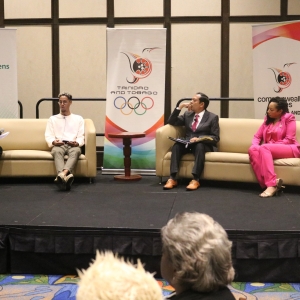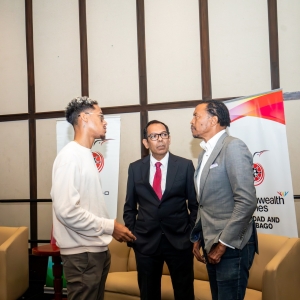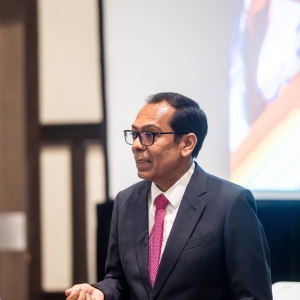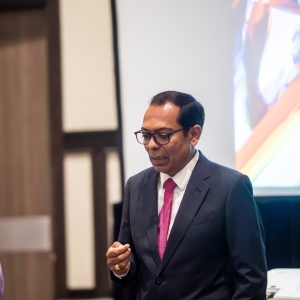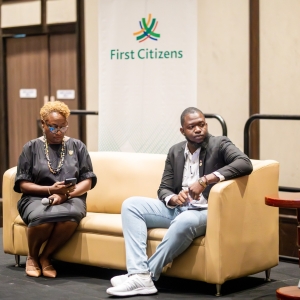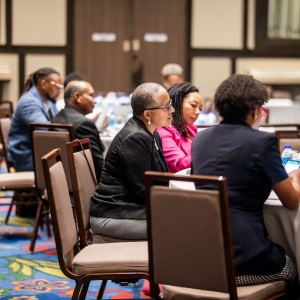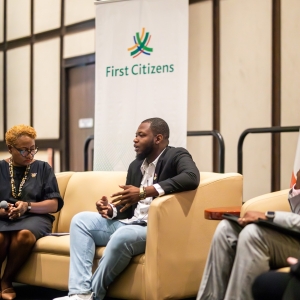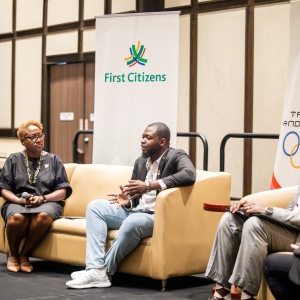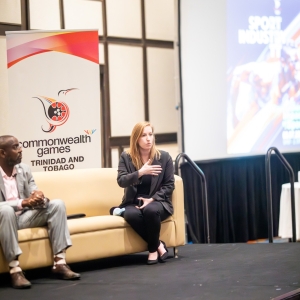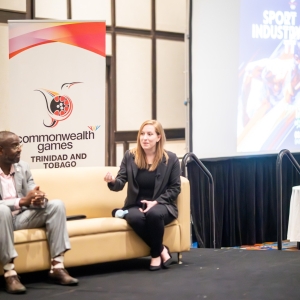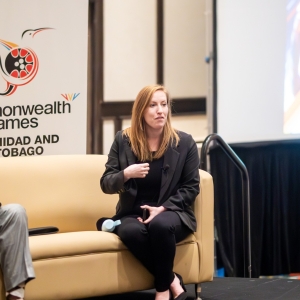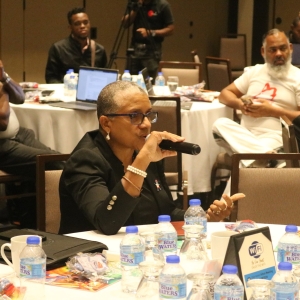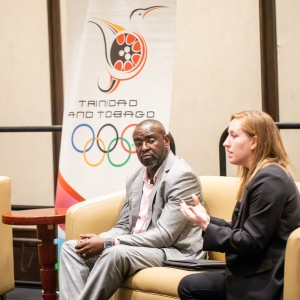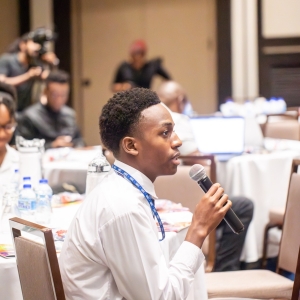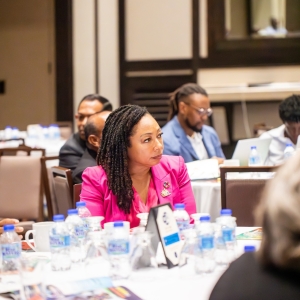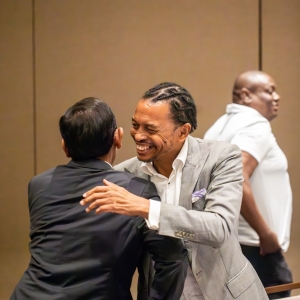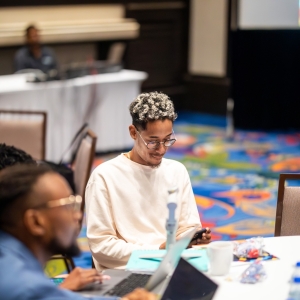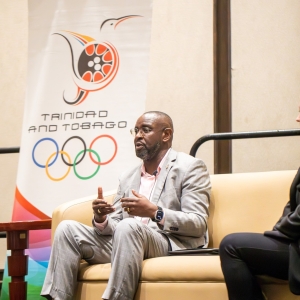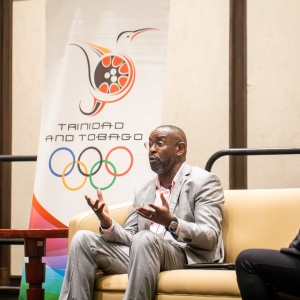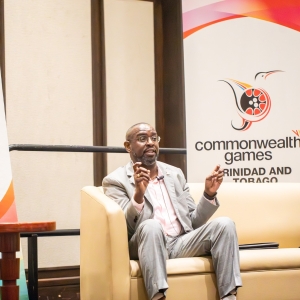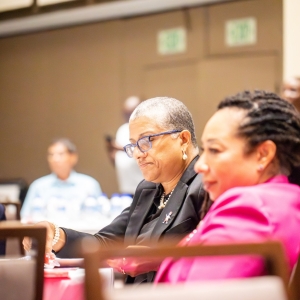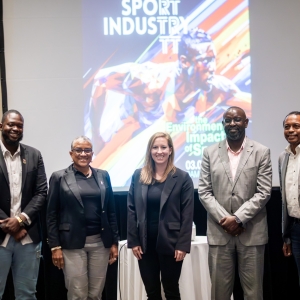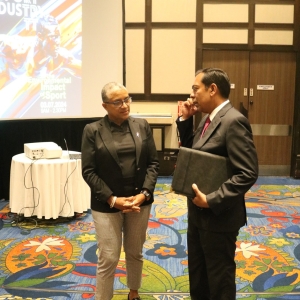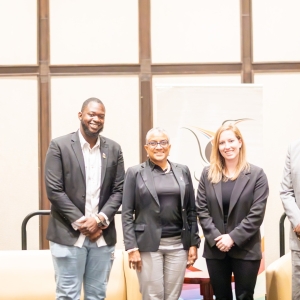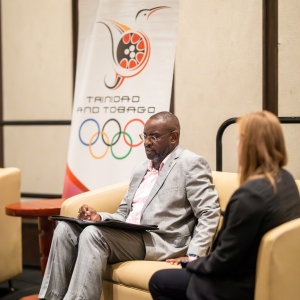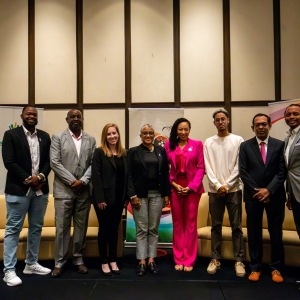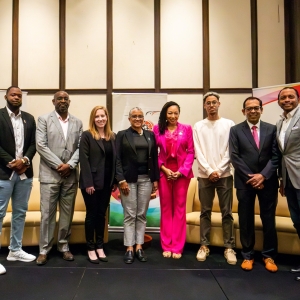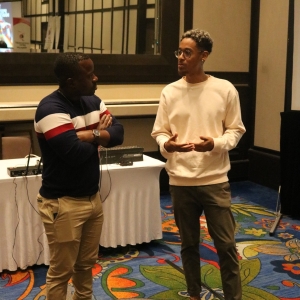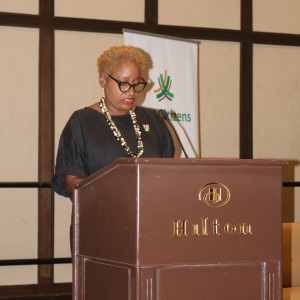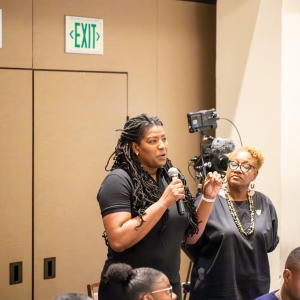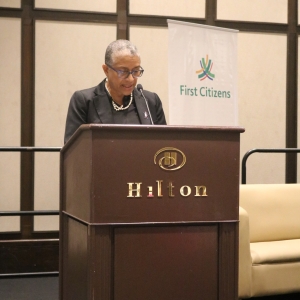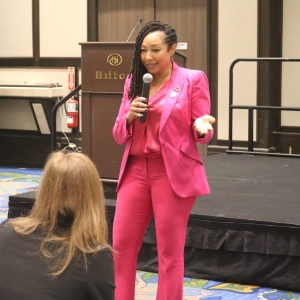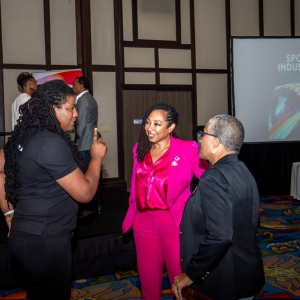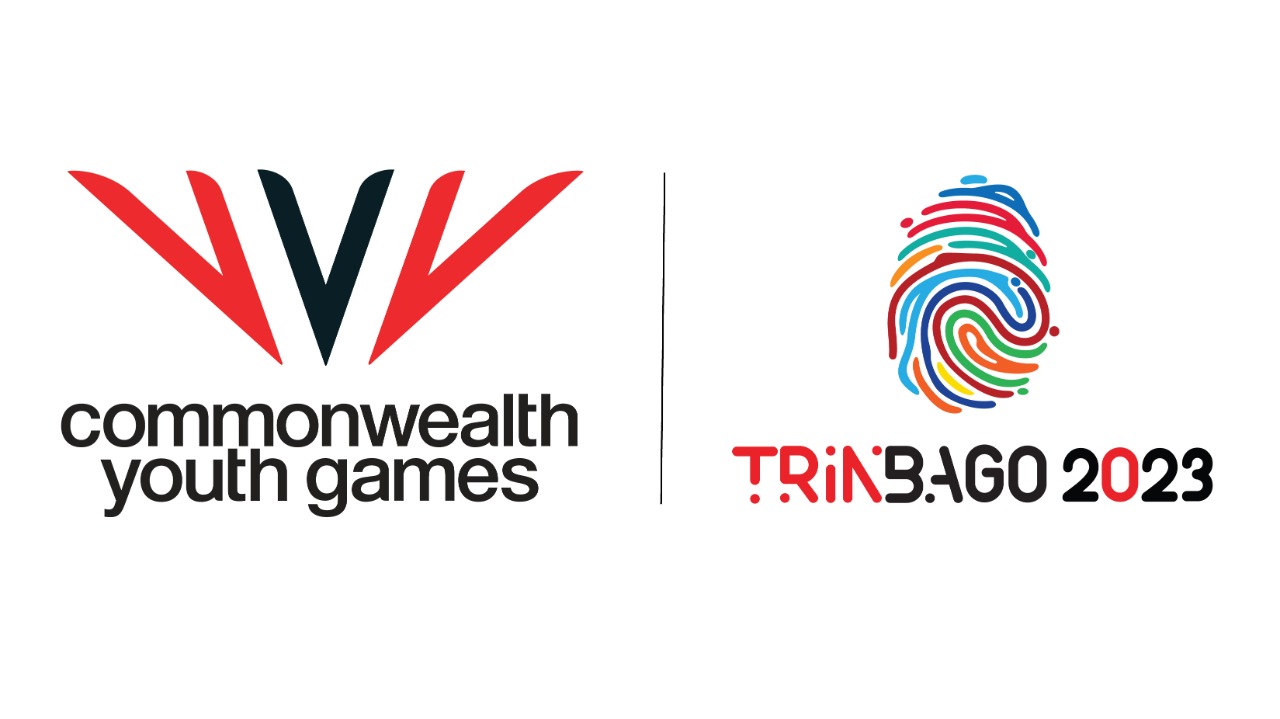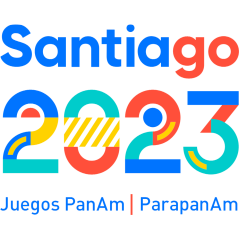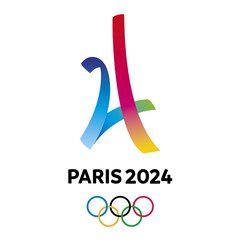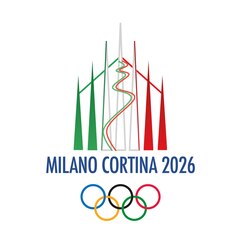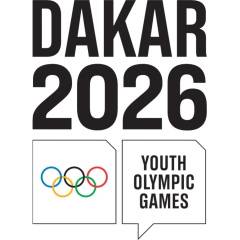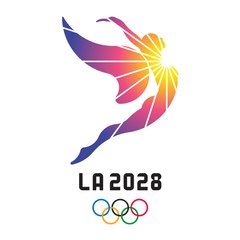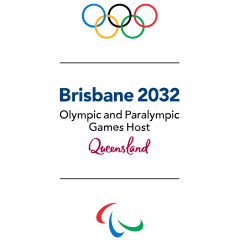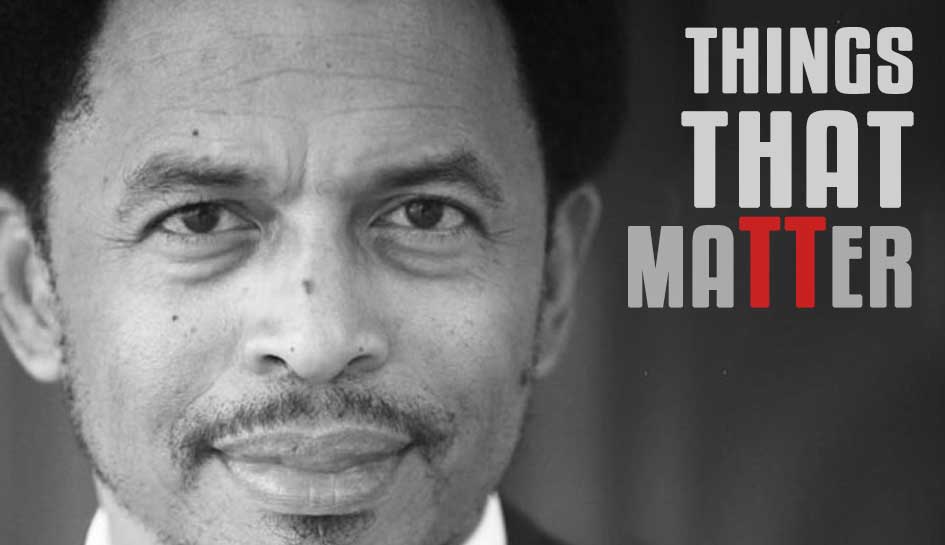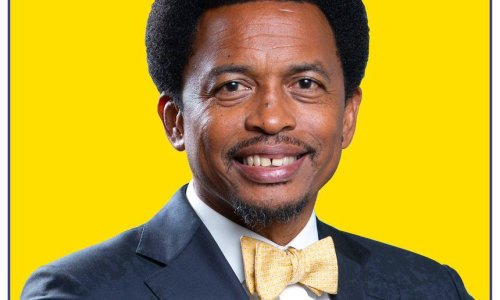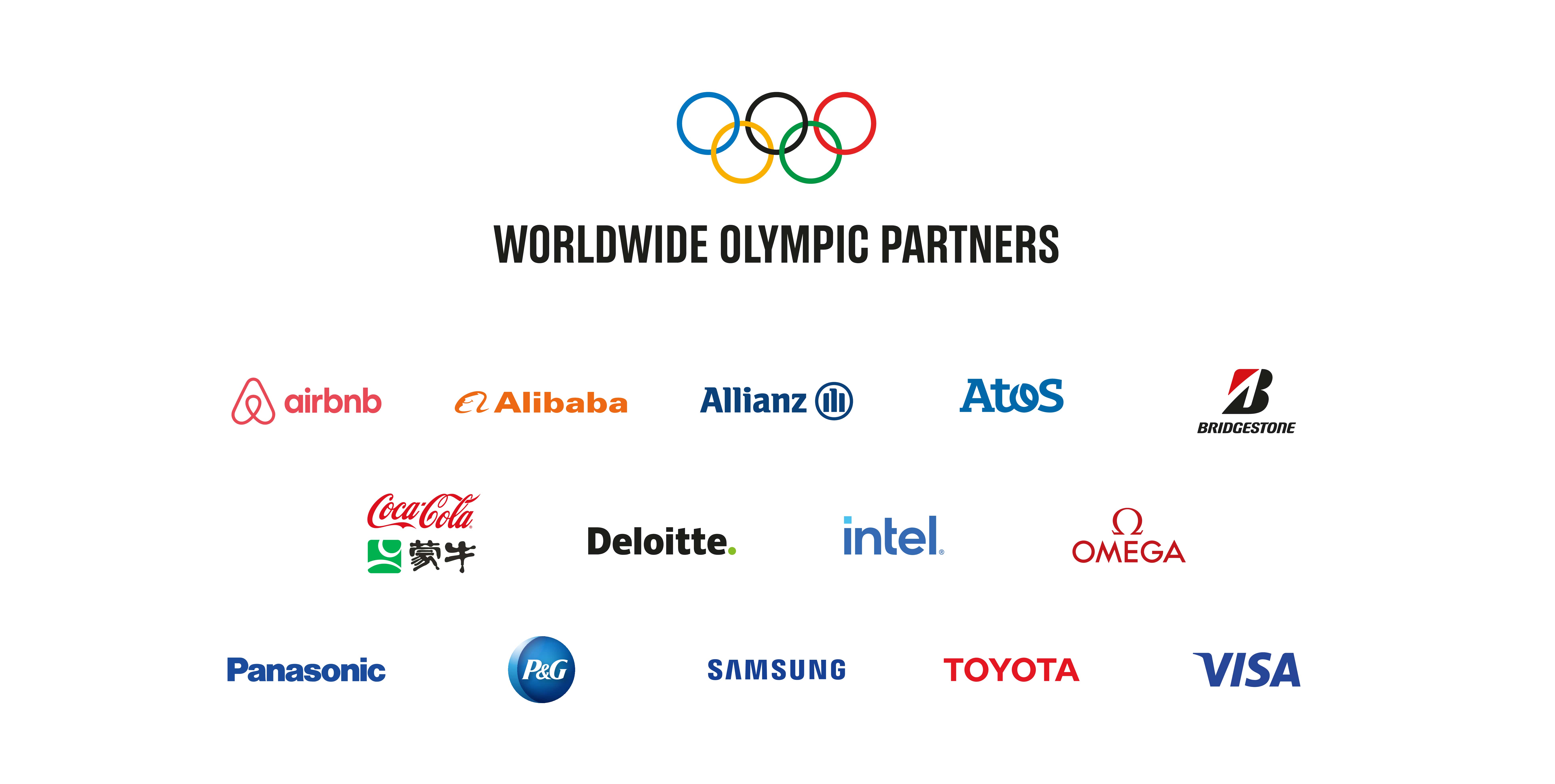It is sport’s impossible job. Brazil football manager? No problem. Groundsman at Wimbledon? A stroll in the park. International Olympic Committee (IOC) President? A piece of cake.
Tougher than all these prestigious but arduous postings, for my money, at least at this moment, is the job held since 2014 by a thoroughly honourable 75-year-old Scot, whose diplomatic instincts have carried him over the course of five decades from some of Britain’s draughtier badminton courts to the most distinguished corridors of power of international sports politics.
The job is President of the World Anti-Doping Agency (WADA) and the former shuttlecock smasher is Sir Craig Reedie.
In this role Sir Craig gets to spearhead the fight against the many and varied interests who might conceivably seek help from illicit substances in the quest for sporting glory, armed with a pop-gun treasury of something like $30 million (£21 million/€27 million) a year.
And so important, in terms of money and prestige, has sporting success become in these early years of the 21st century, that he must do this in the goldfish bowl of our 24/7 news culture and beneath the unremitting gaze of well-resourced and well-briefed lawyers.
When we meet for morning coffee at his central London club, Sir Craig is understandably keen to talk about his efforts to drum up more income for the agency, which has come on leaps and bounds since its establishment in 1999, but which, like any 17-year-old, still has a long way to go to achieve fulfilment.
Such has been the tumultuous pace of events in recent months, in the run-up to Rio 2016, however, that finance ends up being just a small patch of the ground we cover.
For all that, it is not a bad place to start. After all, as Sir Craig wryly observes at one point: “The only good thing about the [Maria] Sharapova case” – the tennis superstar admitted in March that she tested positive for meldonium at the Australian Open having not realised it had been made a prohibited substance – “was that it emerged that in one year she made more money than the total of WADA’s budget.”
When I ask if he feels like he is indeed facing down an army with a toy gun, Sir Craig harks back initially to his Scottish roots.
“I have spent almost all my sporting life raising money,” he says. “Ever since I became secretary and treasurer of the Scottish Badminton Union.
“I raised £76,000 ($110,000/€98,000) to convert a disused paint factory into a six-court badminton hall and the offices of what is now Badminton Scotland, which they graciously call the Sir Craig Reedie Hall.”
A short pause before that wry humour kicks in again: “At least it’s not the Sir Craig Reedie Memorial Hall.”
“That was 30 years ago and it’s still used. It is full of kids playing badminton. That’s fantastic.
“As far as WADA is concerned, there is a clear sense of more urgency, certainly within Governments.
“The European Governments in particular were very reluctant to see any increase in the contributions to WADA because we were one international organisation and if they agreed with us, they’d have to agree with all the others.
“I used to get pretty irritated when seven per cent was signed off to the European Union but they wouldn’t give WADA one per cent. However, that seems to have gone.
“Secondly, I made an appeal in November last year after the Pound report, when Governments seemed very keen on investigations.
“My guess is that by roughly the end of June I will have raised about $600,000 (£414,000/€535,000) from Governments, and I will then formally write to the IOC and ask them to match it.
“If that comes about, I then have obviously up to $1.2 million (£827,000/€1 million) as an investigations fund.
“Thirdly, we have created a charitable foundation, the Foundation for Clean Sport in the United States and we are actively seeking donations.
“We have our first donation, which has come from a pharmaceutical company…It has proper Revenue approval, so therefore the donation is a tax-efficient thing for companies.”
Sir Craig also outlines the welcome recent injections of funds for anti-doping research, which have seen about $20 million (£14 million/€12 million) made available in 18 months.
One wrinkle with attracting significant private-sector funding to WADA on a sustainable basis is the agency’s structure, whereby it is funded broadly 50:50 by the Olympic Movement and Governments, who split representation on its decision-making bodies on the same basis.
The new foundation might provide a vehicle for overcoming this issue, offering a repository for funds that it is hoped the pharmaceutical industry, along with broadcasters and sports sponsors might start to chip in.
Sir Craig, who touched on this in a blog on insidethegames earlier this month, emphasises to me, however, that he does not have in mind any sort of tax on media rights holders, saying: “It has to be voluntary”.
He goes on: “It would have to be done in such a way that the current beneficiaries don’t suffer…
“But on the assumption that television rights and sponsorship rights go up practically every quadrennium, or year, then why not have the debate?”
Substantially more funding will probably have to come from somewhere if a plan outlined at the end of last year by IOC President Thomas Bach is going to come to fruition.
This calls for an expansion of the powers of both WADA and the Court of Arbitration for Sport (CAS) at the expense of the International Federations (IFs). The aim is to have the new structure up and running in time for the Pyeongchang 2018 Winter Olympics and Paralympics.
Where do we stand with this today, I ask Sir Craig.
“I am encouraged, and Thomas should certainly be encouraged, by the relative acceptance of the idea across-the-board from both sport and currently from Governments,” he says.
“We have got a group of experts sitting down working out how this might work from a technical point of view.
“Secondly, the IOC are paying for a comprehensive piece of work by PricewaterhouseCoopers which will give us a clear idea of the total costs of the exercise.
“Thirdly, we are about to put together a policy committee - which will be five from sport to be chosen by sport, five from government to be chosen by Governments, chaired by Valérie Fourneyron, a former French Sports Minister - and they will look effectively at the policy and political issues in doing this.
“The first one will be, Actually who does it? Should WADA be doing it itself? Probably not. It should probably be a subsidiary company.
“We have a role as a regulator and it would be quite difficult for us to regulate ourselves, but if we have a stand-alone subsidiary company, then we can regulate that.
“Is that what the policy committee are going to recommend? I don’t know.
“They will be appointed by September 1 and we have meetings in mid-November, so we will want their first report by then.
“The technical committee have had one full meeting and there will be another one soon.
“Thomas wants it ready to go by Pyeongchang in 2018, which is fine.
“The issue then for the IOC will be how many of the IFs actually want to do this. Thomas is confident that they all will.”
Perhaps surprisingly in light of the lurid stream of disturbing allegations that have dominated the anti-doping landscape in recent months, WADA is also preparing to start what will amount to a step-change in its compliance operations. This too is bound to have cost implications if it is to be done effectively, but could lead to a marked improvement in how anti-doping operations are actually conducted on the ground around the world. Sir Craig explains:
Soon, he suggests, all countries will be “rule-compliant. That means effectively everybody is singing off the same hymn-sheet.
“So the next thing is we want them to be performance-compliant. We want them to do it better.
“With the IFs we have a Partnership for Quality programme. We are working our way through 12 IFs. We go and speak to them; we make recommendations on how they can improve. We will begin to do that with National Anti-Doping Organisations (NADOs).
“We have an outstanding group of independent people running our compliance review committee…
“That system is working very well today in terms of rule compliance. Now we need it to work very well in terms of making everybody perform better.
“The compliance review people have put together a 20-page questionnaire which is about to go to everybody doing testing – all the NADOs and all the sports. If they complete it we then get a picture of current abilities and that will allow us to set minimum standards.
“If you fall below these standards then clearly you would be non-compliant.”
Turning to the whirlwind of events that have buffeted anti-doping bodies in recent times, I ask Sir Craig for WADA’s reaction to the recent interview with former laboratory director Grigory Rodchenkov published in the New York Times, in particular the allegation – which may have profound consequences for anti-doping authorities – that a man he believed to be an agent of Russia’s FSB internal intelligence service had presented him with a previously sealed tamper-proof sample bottle that had been opened, its cap intact.
“What we are currently doing is setting up our own investigation,” Sir Craig says. Some hours later, it is announced that Richard McLaren, a Canadian who served on the Pound Commission, will lead this probe into allegations of Russian drug use surrounding the Sochi 2014 Winter Olympic Games.
“We are arranging to meet Mr Rodchenkov because we need all his information,” the WADA President continues, adding: “Part of that investigation will have to be a forensic examination of the containers that have been used. We will want to speak to the manufacturers and we will inevitably at some future and probably fairly early date want to look at the samples he claims he has altered which are held in the Lausanne laboratory. The IOC have agreed to assist us in that task.”
I also ask Sir Craig about a passage in last year’s report informing readers that in January 2014, less than a month before the Sochi Olympic Opening Ceremony, WADA science director Olivier Rabin and Rodchenkov met “informally”, with Rodchenkov said to have “affirmed Dr. Rabin’s assessment of the Moscow laboratory having external interferences with the analytical operations”.
The report went on to say that Rodchenkov “stated he was operating in a system where he was forced to do things in his position” but “would not elaborate what he was forced to do”.
Sir Craig says he is “quite certain that as part of the current investigation that particular paragraph in the Pound report will be getting examined again”.
With the benefit of hindsight, was it not a mistake to let the Sochi satellite laboratory handle the testing for the 2014 Olympic and Paralympic Games?
“If we had not had a laboratory in Sochi, the IOC would have had very considerable difficulty in running a comprehensive doping arrangement because the samples would have had to be taken from Sochi to another laboratory certainly outside Russia.”
FIFA had to test its 2014 World Cup samples in Switzerland, I point out.
“It is much easier for FIFA because if you play a match on a Monday, that team probably won’t be playing another match until the Friday; whereas if you are in, say, the first round of the short-track speed-skating at five o’clock, you could be in the semi-final at seven o’clock.”
I also ask Sir Craig whether he is confident that individuals such as Vitaly Mutko, the Russian Sports Minister, whom he first met at the World Athletics Championships in Moscow in 2013, really are trying their utmost to help.
He tells me that Mutko “wanted to change the culture in Russia".
“If a Minister says that to you, all you would want to do is encourage him.
“And he has been cooperative in the Commission. He immediately let people from my science team into Moscow, literally two days after the ARD television programmes, to go to the laboratory. That’s when we found out that the director of the laboratory had managed to dispose of about 1,400 samples.
“Since then the Minister has, in the main, been cooperative. Some of the bureaucracy in Russia is slow, which slows down the efforts to get into a situation where RUSADA [the Russian NADO] could possibly become compliant again.”
I ask about meldonium, the recently-banned heart medicine, and its excretion time, which I had been led to believe, though not by anyone official, was a matter of hours.
“Most drugs that come onto the market, if they are European, if they are in the United States, will have had a huge amount of scientific research done,” Sir Craig says. “This one manufacturer in Latvia apparently didn’t do that research. I think the early excretion rate came from the company.
“We were absolutely clear in our own mind. We knew about meldonium. It came to us from the Indian NADO in 2011. So we looked at it for 2012 and 2013; we looked at it harder for 2014. We put it on the monitoring list for 2015 and eventually we put it on the full list.
“We are perfectly clear the process we went through was properly done. [One research study] found it appeared in 2.1 per cent of all samples. That is a huge figure compared to the normal. And then we had the stuff from the European Games. So we knew there were lots of people taking it.
“We were asked almost immediately, particularly by the IFs, [for help with their] results management process. That’s why over a very long weekend, an awful lot of work and thinking was done to say to these people, ‘OK, if a tiny amount appears in the sample – one microgram – and the sample was taken before March 1, then the athlete might be able to argue that s/he took it before it was banned and therefore they could say no cause, no responsibility. If there was a slightly higher figure, up to 15 [micrograms], then if you want to you can defer any decision until the research that is currently being done.
“The leading researcher are the Cologne laboratory. We hope to have their results by hopefully mid-June. That will give us the excretion period. So we are perfectly happy we were right to say that it was performance-enhancing.”
But with the benefit of hindsight, shouldn’t WADA have had this data before the drug was banned, I ask.
“Yes, but not necessarily done by us,” Sir Craig replies. “That’s the point. In almost every other case, the scientific research is done by the manufacturer…The trouble actually if you think about it…is if we do that, every case will be appealed to CAS and it will be an argument between our scientists and their scientists.
“This drug is not licensed for Europe, not licensed for the United States. It doesn’t fit within our systems. Clearly it is an issue.”
Sir Craig also discloses that of 49 adverse analytical findings in Russia between last November and May 5, no fewer than 47 are for meldonium.
What did the WADA President make of the near seven per cent failure rate among samples from the 2008 Beijing Games, 454 of which were recently retested by the IOC using latest methods, yielding 31 positives? Results from similar retests of London 2012 samples are to be announced shortly.
“Disappointing,” he says, adding that he will be “really interested in what happens with the London samples…
“I would hope that because of the success of the pre-Games testing programme run by UK Anti-Doping (UKAD) and the IOC that the London samples do not deliver as many positives.
“But if they do, then the same process will have to be undergone: they will not be in Rio.”
What did Sir Craig think of a recent report, again in the New York Times, claiming that the United States Justice Department had started an investigation into Russian doping allegations?
“I simply do not know. I have asked my people in Montreal and they don’t know…I hope they will announce sooner rather than later the basis on which they will proceed.”
Can he be absolutely certain that the anti-doping services performed during the forthcoming Games in Rio will be of a high standard?
“There has been an enormous investment in it by the Brazilian Government,” Sir Craig says, adding: “It is to become a major part of the university after the Games. It is a real legacy.
“We have a WADA-IOC task force who go down there regularly and the message we get is that the laboratory is performing satisfactorily.
“I would imagine that the IOC would have what they call their Games Group, which is effectively a group of doctors who look after medical and doping matters at an Olympic Games, plus I imagine more laboratory specialists who will be in there to supervise the performance of the Rio lab.
“So if all that works, then the athletes should be satisfied that the sample they give at the Games will be properly analysed by accredited experts…Much effort is going into delivering exactly that.”
Finally, what would the WADA President’s message be to clean athletes who, I get the distinct impression, are becoming increasingly morose about their prospects of ever competing on a genuinely level playing-field?
“They should be confident,” he replies, “that every possible effort is being made to ensure that the athletes can rely on the system.
“They should be encouraged by the news from the IOC that the principle of storing samples and retesting them when you have better equipment or better science clearly works.
“So the risks of trying to cheat are greater, and one can only hope that athletes are aware of higher risks and will not.
“So everything possible is being done. You have to trust somebody in this world, so you may as well trust the people who are working constantly to deliver that…
“We have also put together a group of six or seven top NADOs who are providing evidence on intelligence for pre-Games testing which will be done by the IOC, and then all of that evidence will be available to the IOC when the athletes arrive in Rio.
“This is the exercise that was done before London by the IOC and UKAD which was outstandingly, even if not totally, successful…That kind of thing is a serious attempt to catch people before they come to the Games and the athletes should know that.”

